The practice of bonding rubber to metal is one that serves to create products and parts that have the advantages of both metal and rubber. The process is fairly simple, entailing gluing rubber to metal using any number of adhesives. Read More…
RD Rubber Technology is an ISO 9001:2015 certified company that is highly responsive and flexible to customer needs. We can take care of design, development, and prototyping as well as short run, long run, and high volume production. We offer compression, transfer, LIM, and rubber to metal bonding. We also do silicone to thermal plastic bonding.
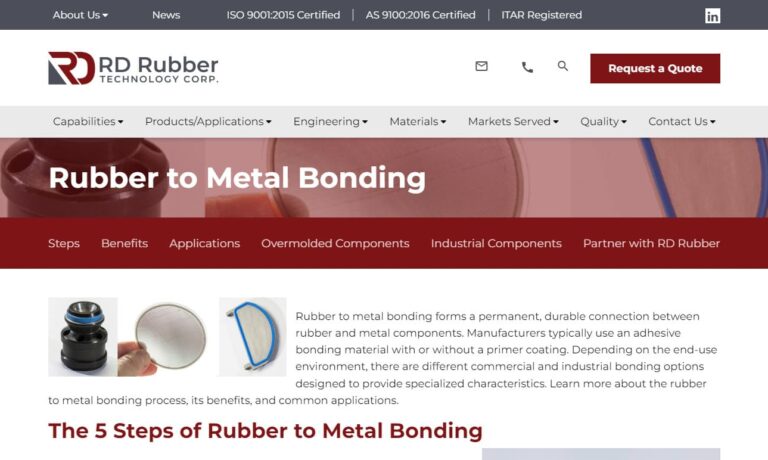
Since 1984 we have been providing excellent high performance solution to our client’s toughest bonded metal to rubber issues. Our skilled teams of engineers and technicians will work closely with you in order to ensure that we are filling your exact requirements on the products that we provide. Allow us to show you the difference when you work with true experienced professionals. Visit our...
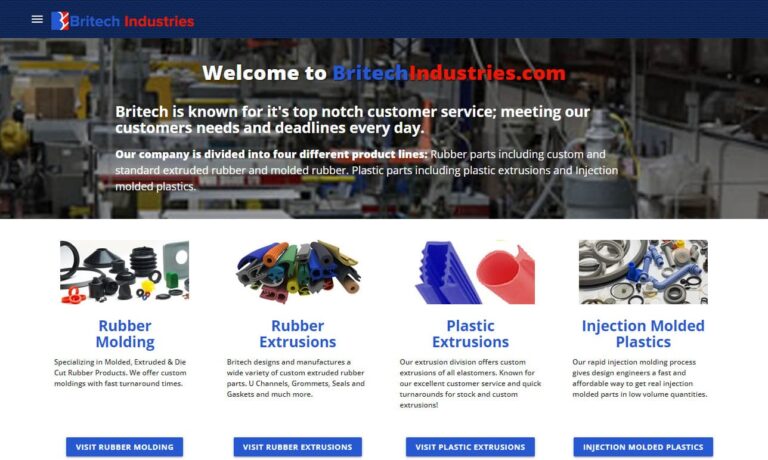
For over 25 years, GSH has provided top quality contract manufacturing services, and we strive to remain on the cutting edge of our industry.

With more than a century of manufacturing experience, Pierce-Roberts Rubber Co. is your source for custom molded rubber products.
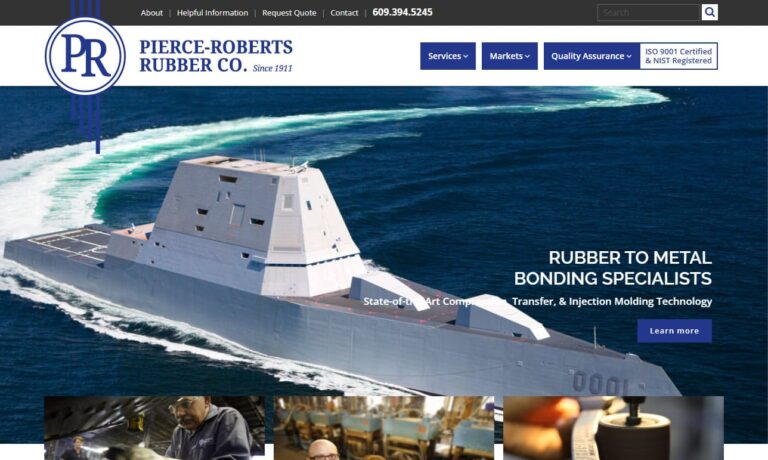
From molding products made of homogeneous rubber, to rubber bonded to metal as well as other various materials. Mason Rubber makes efficient use of state of the art technology to produce a quality product.
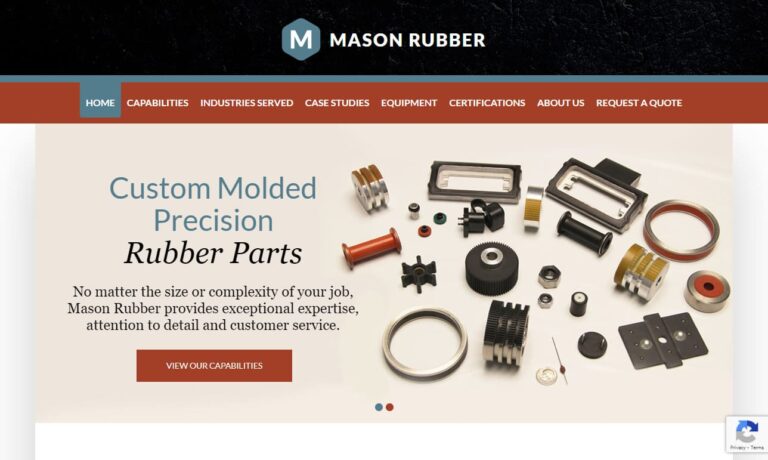
Our economical products are made from high-quality solutions that will last you for many years to come. We are a dependable manufacturer that will work with you every step of the way.

Since 1955, Jet Rubber Company, an Employee Owned Company, has been custom molding rubber and rubber-to-metal components for a variety of industries and applications.

More Rubber to Metal Bonding Companies
Applications
Rubber-to-metal bonding provides manufacturers with the ability to craft intricate parts of various sizes, serving diverse industries. This versatile process is employed in applications such as vibration dampening, shock absorption, sealing, friction reduction, noise isolation, and enhanced grip, among others.
Typically, the metal-rubber products created through this process find applications across a diverse range of industries. These include aerospace, automotive, construction, electrical, industrial machinery, medical, plumbing, rubber rolling, and vibration control sectors.
Products Produced
Rubber bonded to metal finds a wide range of applications, reflecting its versatility. Common examples include seals, gaskets, pad surfaces, pedals, and bearings, among others. Each of these products leverages the durability and adaptability of rubber bonded to metal to enhance performance and longevity.
In the aerospace and automotive sectors, they play a crucial role in the installation and functionality of foot pedals, bumpers, steering wheels, reinforced tires, engine mounts, and various other components. In construction and manufacturing, their rubber-to-metal bonding techniques are essential for producing parts like conveyor belts, gaskets, bearings, and rubber-lined rollers. The medical field benefits from their expertise through silicone-bonded elements such as surgical instrument handles. Additionally, their work extends to components in electrical cables, plugs, and rubber-lined pipes and tanks.
History
Manufacturers first turned to natural rubber as an adhesive in 1830. Just nine years later, Charles Goodyear made a groundbreaking discovery with vulcanization, a process in which rubber is mixed with sulfur and heated to become elastic. By 1862, Charles Sanderson had secured a British patent for electro-depositing brass onto a metal substrate. His innovation aimed to enhance rubber-to-metal bonding by improving the metal’s ability to maintain a strong connection.
In the early 20th century, automotive manufacturers found that their evolving designs would greatly benefit from the use of rubber shock mounts. To make this work, they had to find ways to strengthen the bond between rubber and metal. Their initial approach involved treating crystallized rubber with acids, which led to the creation of solvent-based rubber cements. These cements proved to be the perfect solution for enhancing the rubber-to-metal adhesion. By the late 1920s, solvent-based rubber cements had become a standard in the automotive industry for this purpose.
Years after manufacturers first adopted solvent-based bonding agents, they discovered the environmental harm these adhesives caused. As a result, they transitioned to water-based adhesives, which are far more eco-friendly. Similarly, in the early days of rubber-to-metal bonding, steel of all grades was predominantly used by manufacturers.
Today, manufacturers utilize a diverse range of bonding processes, adhesion materials, and metals to achieve rubber-to-metal bonding.
Materials
Rubber bonding is achieved through the interaction of three essential elements: the metal substrate, the rubber material, and the bonding agents.
Metal Materials
The primary requirement for a metal substrate in the bonding process is its capacity to endure the intense pressure and high temperatures involved. However, merely being suitable for rubber bonding doesn’t guarantee consistent results. The effectiveness of bonding rubber to a metal alloy is influenced significantly by the specific composition of the alloy.
A wide array of metals can be bonded, with aluminum being the most frequently used. Alongside aluminum, steel, brass, beryllium, and copper are also commonly bonded with rubber. Rubber bonding isn’t limited to metals alone; it can also be applied to non-metal materials like fabric, glass, and various plastics.
Steel is an iron-based alloy celebrated for its remarkable tensile strength, exceptional durability, impressive ductility, and superior weldability.
Aluminum alloys have surged in popularity as the go-to metal for bonding due to their cost-effectiveness and lighter weight compared to steel. Despite these advantages, they maintain exceptional seal strength and quality.
Brass alloys are widely admired for their appealing appearance and lightweight properties. They excel in environments where sparks and microbes are concerns, thanks to their non-sparking and antimicrobial qualities. Additionally, their low friction characteristics make them ideal for certain applications. However, they aren’t suited for high-temperature scenarios due to their relatively low melting point.
Beryllium is a remarkable copper alloy celebrated for its exceptional qualities. It boasts impressive electrical conductivity, remarkable ductility, and the ability to be heat treated for enhanced performance. Additionally, it offers outstanding stability, superior resistance to corrosion, and minimal creep, making it a versatile material with a broad range of applications.
Copper, a naturally occurring element, is renowned for its exceptional properties. As a metal, it excels in electrical and thermal conductivity, resists corrosion, and boasts antimicrobial qualities. Its malleability, softness, and ductility make it highly versatile, while its non-magnetic nature and ease of joinability further enhance its utility.
Rubber Materials
For rubber and rubber elastomers (those flexible, rubber-like materials), manufacturers have the flexibility to use any type, provided that it can smoothly flow into the mold without significant cross-linking. Additionally, the components of the rubber should not bleed onto the surface of the uncured stock too quickly.
They often use a range of rubber and rubber elastomers in the bonding process, including nitrile, neoprene, silicone, and various other synthetic and natural rubber materials.
Nitrile rubber stands out for its remarkable adhesion and abrasion resistance. It also offers impressive tear resistance and excels in oil and solvent resistance. This versatile elastomer is an excellent choice for rubber-to-metal bonding, although it’s best avoided for products exposed to highly polar substances like acetone or chlorinated hydrocarbons.
Neoprene is a highly favored synthetic rubber renowned for its impressive attributes. It boasts remarkable tensile strength, outstanding weather resistance, and strong tear and abrasion resistance. When combined with metal, neoprene finds extensive use across various industries, including automotive, construction, wire and cable, and mass transit.
Silicone rubber stands out for its exceptional resistance to temperature extremes, impressive tensile and tear strength, and outstanding durability against the elements. Typically, it’s bonded to metal to craft seals, O-rings, and gaskets, serving a variety of applications across HVAC systems, electrical engineering, mechanical engineering, and mass transit.
Bonding Agent
Bonding agents typically come as water or solvent-based solutions, which are then coated with a primer made from phenolic-style resins. This is followed by a topcoat that can include a range of materials, such as polymers. Many of these solutions are patented and widely available for purchase. Nowadays, the industry predominantly uses water-based adhesives as bonding agents, shifting away from the traditional solvent-based options.
Water-based adhesives are a more eco-friendly choice compared to solvent-based options. They offer the same level of durability and reliability, ensuring secure and long-lasting seals while minimizing environmental impact.
Process Details
After selecting the substrate, rubber material, and bonding adhesive, the bonding process proceeds through a largely standardized sequence. It begins with the creation of a molded rubber surface using a standard rubber molding technique. Next, both the metal and rubber surfaces are treated. Finally, the bonding agent is applied to these prepared surfaces to complete the process.
1. Rubber Priming
Manufacturers need to apply a gray primer coat to the rubber using a low-pressure, high-volume barrel spraying machine. It’s important to ensure that the primer extends slightly beyond the area where the black topcoat will be applied.
2. Substrate Cleaning
Before applying an adhesive to a substrate, manufacturers must ensure it is meticulously cleaned to remove any oils or residue from the fabrication process. This thorough preparation is achieved through various methods, including chemical cleaning, sandblasting, or degreasing.
3. Rubber Molding
The rubber molding process is a pivotal stage in rubber bonding. It begins with placing the metal component into a mold. Next, manufacturers inject the mold with heated, nearly molten, uncured rubber through a technique known as injection molding. At this juncture, they might incorporate plated inserts to enhance bond strength and stability. These inserts, typically made from metals like steel, come in various shapes and sizes. When inserts are used, the process is referred to as insert molding or insert injection molding.
4. Rubber Curing
Once placed in the mold, the rubber is left to dry and cure thoroughly. When it’s completely set, the part is deemed finished and is carefully removed from the mold. Occasionally, the mold’s drying process results in a slight enlargement, causing a thin layer of rubber to form around the metal surface. In other cases, the complexity of the rubber part design leads to significant differences between the mold and the substrate, resulting in a more distinct separation between the two.
Design
When designing a rubber-to-metal bonded part, manufacturers meticulously assess various aspects of its application. They evaluate the environment in which the part will operate, the frequency of its use, the types of loads it must bear or endure, and any relevant industry standards that apply.
With these details in hand, manufacturers select the appropriate bonding agent and define the bonding and molding processes. Typically, the choice of rubber material hinges on the specific part being produced or the type of metal being used. The number of coatings applied is determined by the expected environmental conditions the part will face. For instance, if a part is unlikely to encounter high humidity, pressure, or heat, a single layer of bonding adhesive might suffice. Likewise, the thickness of the bonding layer is influenced by the characteristics of the rubber material being coated.
Variations and Similar Processes
Some of the rubber curing processes manufacturers use to bond rubber to metal include chemical curing, exhaust steam curing, vulcanizer curing, and induction heating.
Chemical curing starts when manufacturers apply a bonding agent to the lining and let it sit at room temperature for several days. This waiting period ensures that the chemical agent fully penetrates the lining. To accelerate the process, manufacturers can introduce heat, a common practice for field-lined vessels or tanks requiring repair.
Exhaust steam curing is a process where a substrate vessel is sealed to allow steam to permeate and cure the material. Typically, this involves covering the substrate with a tarp or securing it with blind flanges to ensure the steam can infiltrate effectively. This method is gentle and preserves the strength and integrity of the linking and bonding adhesives, preventing them from weakening or becoming compromised.
Vulcanizer curing is a straightforward process where manufacturers place rubber-bonded metal into a live steam vulcanizer. Inside this machine, the rubber cures under pressure, resulting in exceptionally strong bonds between the rubber and metal. This method ensures the most robust adhesion, producing durable and high-quality components.
Induction heating is a highly efficient, non-contact method for curing products, employing a closed-loop system of induction heat. Its speed, accuracy, and reliability make it a popular choice in in-line production. This technique is particularly valued for its ability to precisely cure even the smallest spaces.
Benefits
Rubber-to-metal bonding brings numerous advantages to those utilizing these products and components. Firstly, it establishes one of the most robust adhesive connections available. Secondly, the process is incredibly versatile, allowing for the molding of rubber onto metal substrates in various designs. This versatility extends to temperature adaptability as well; with a range of rubber materials and curing agents at their disposal, manufacturers can produce items that function effectively across an extensive temperature spectrum. Lastly, rubber-to-metal bonding is environmentally friendly compared to many other methods, thanks to the use of water-based adhesives and lead-free rubber materials.
Choosing the Right Manufacturer
To assist you in finding a top-notch rubber-to-metal bonding service provider, we’ve compiled a list of the industry’s leading manufacturers. Before diving into the options, we suggest you take a moment to outline your specific needs, including your budget, timeline, order volume, standard requirements, and delivery preferences. This way, you’ll have a clear set of criteria to help you choose the most suitable manufacturer.
When you’re prepared, check out the companies listed on this page, nestled between our informational paragraphs. From this selection, choose three or four that best align with your needs. Reach out to each one and use your specifications as a framework for discussing your application and their offerings. After your conversations, compare their services, pricing, and overall customer support to find the best fit for you. Best of luck!


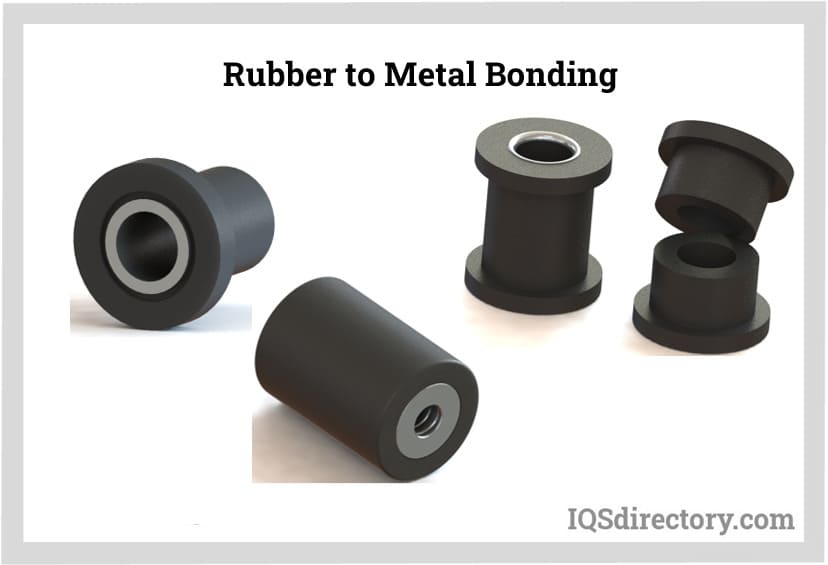
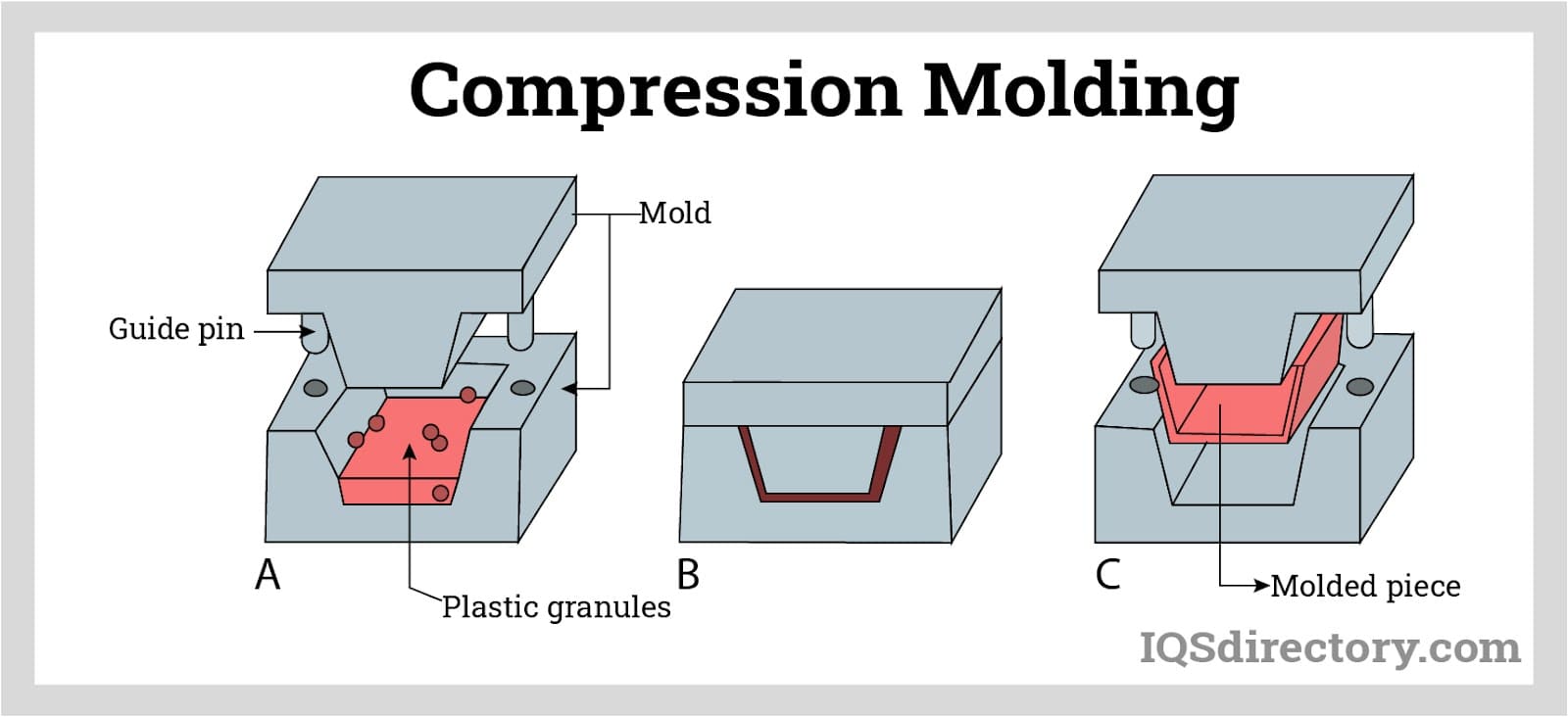
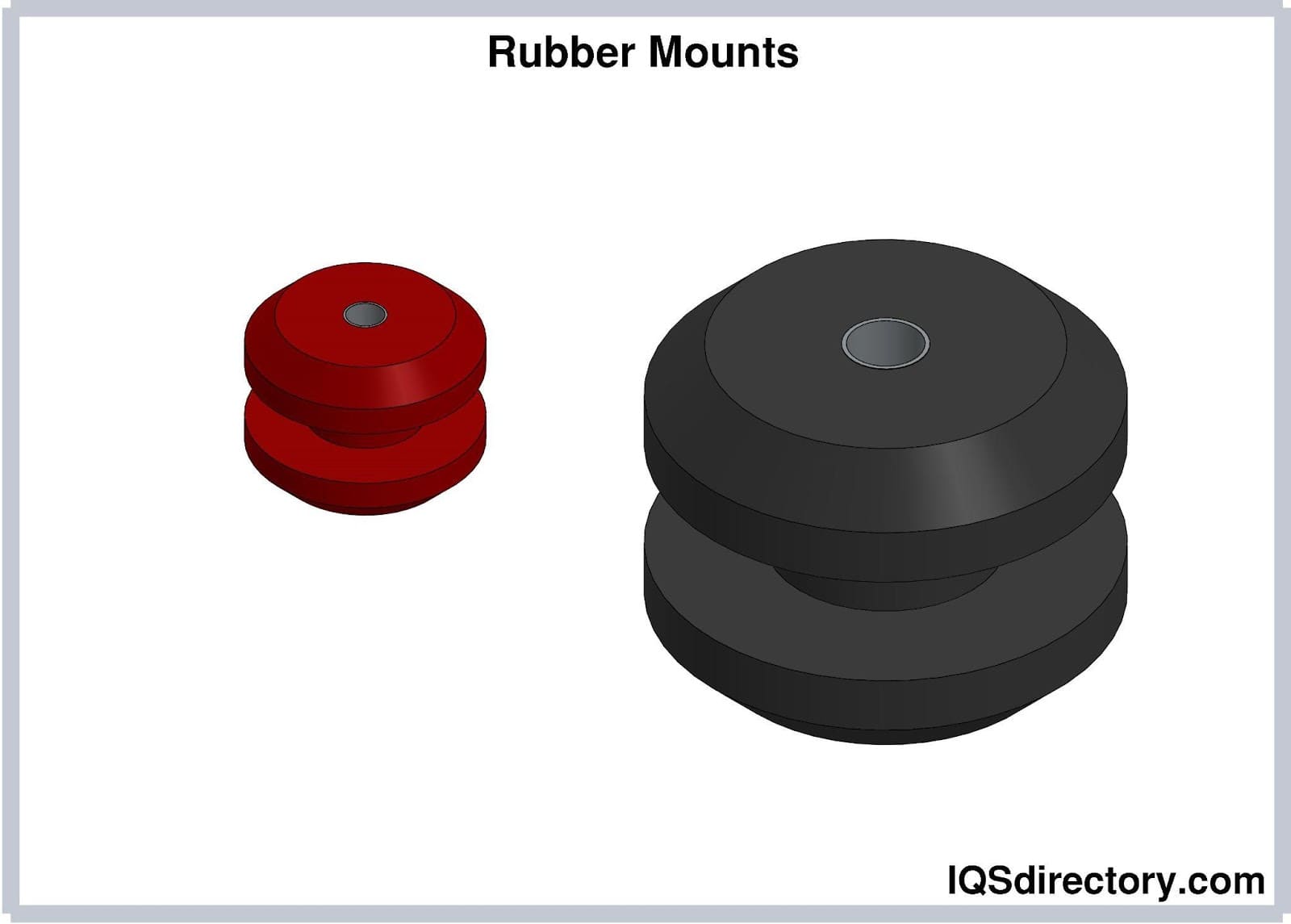
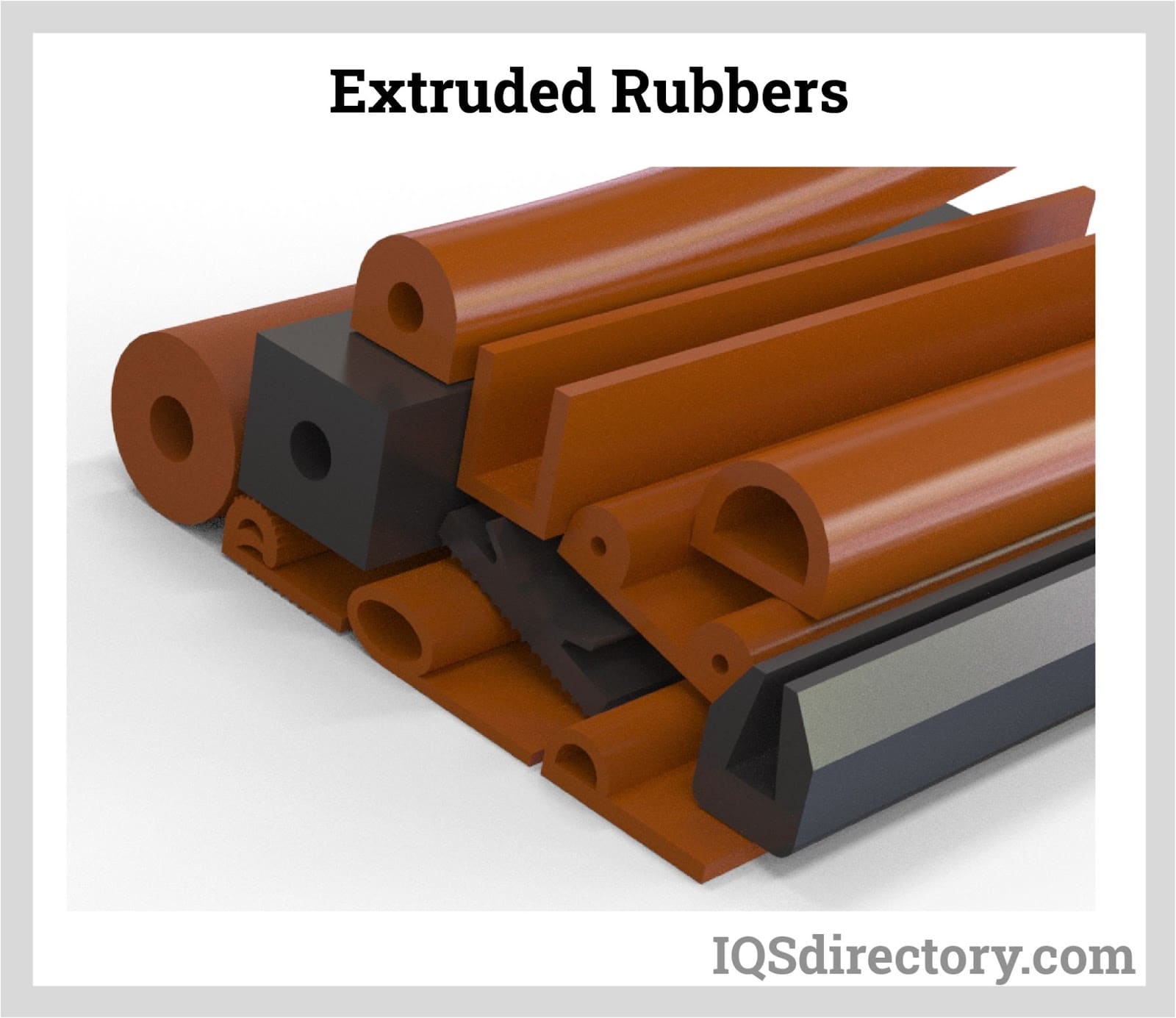
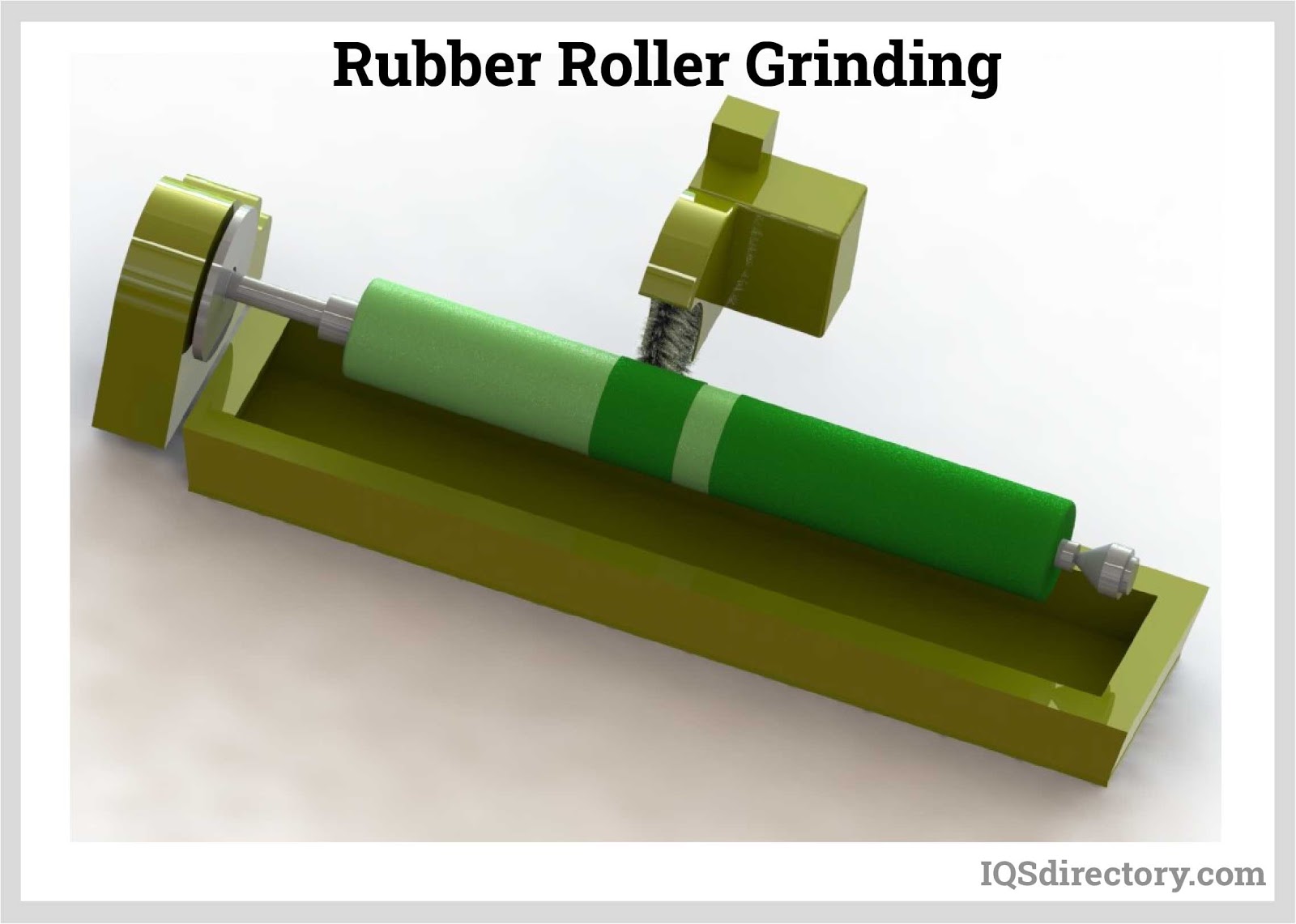
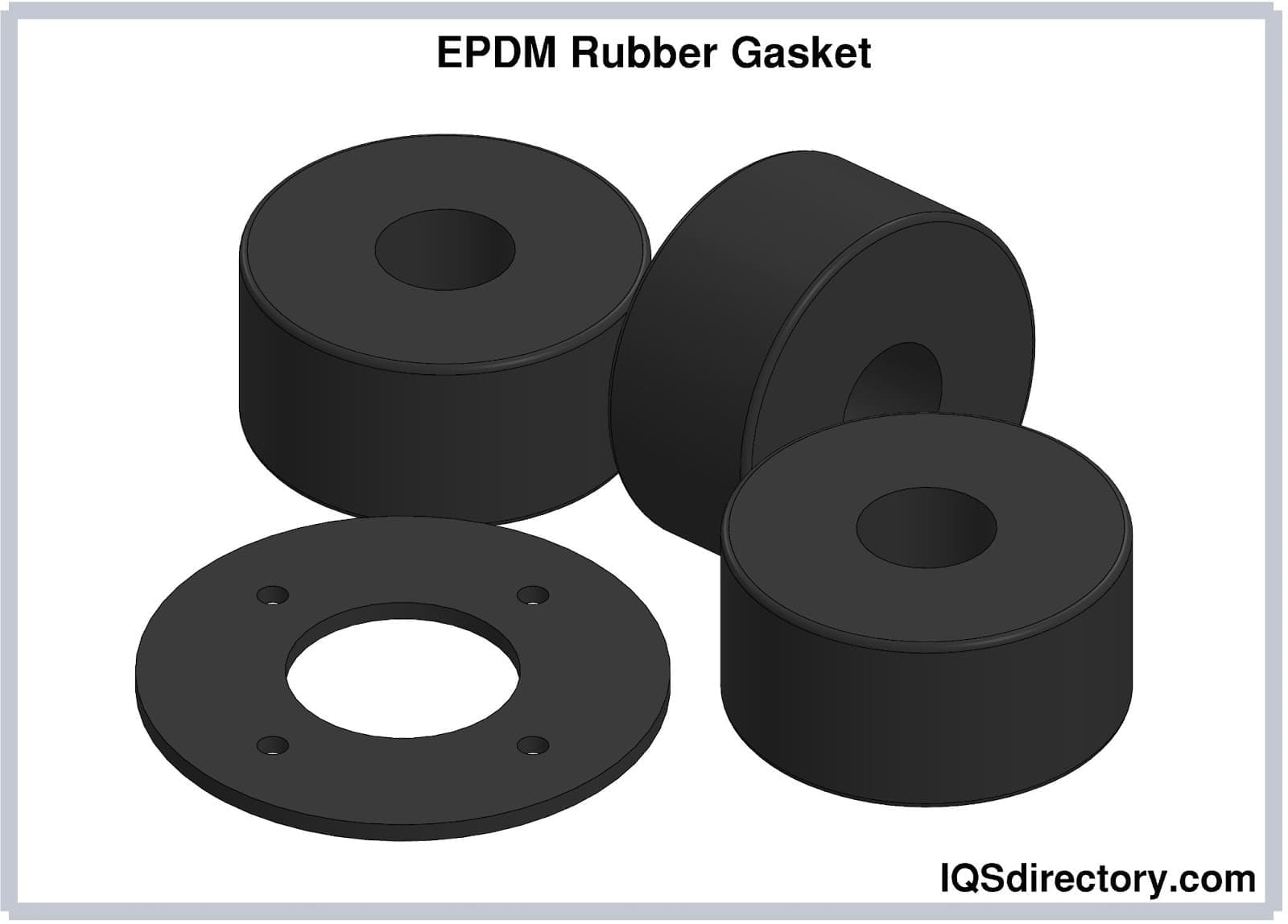
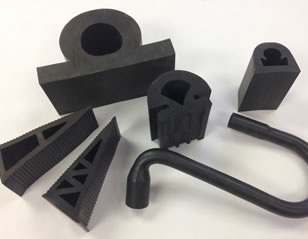 Rubber Extrusions
Rubber Extrusions Rubber Molding
Rubber Molding Rubber to Metal Bonding
Rubber to Metal Bonding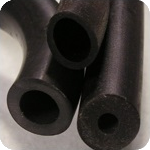 Rubber Tubing
Rubber Tubing Vibration Absorbers
Vibration Absorbers Castings & Forgings
Castings & Forgings Bulk Material Handling
Bulk Material Handling Electrical & Electronic Components
Electrical & Electronic Components Flow Instrumentation
Flow Instrumentation Hardware
Hardware Material Handling Equipment
Material Handling Equipment Metal Cutting Services
Metal Cutting Services Metal Forming Services
Metal Forming Services Metal Suppliers
Metal Suppliers Motion Control Products
Motion Control Products Plant & Facility Equipment
Plant & Facility Equipment Plant & Facility Supplies
Plant & Facility Supplies Plastic Molding Processes
Plastic Molding Processes Pumps & Valves
Pumps & Valves Recycling Equipment
Recycling Equipment Rubber Products & Services
Rubber Products & Services